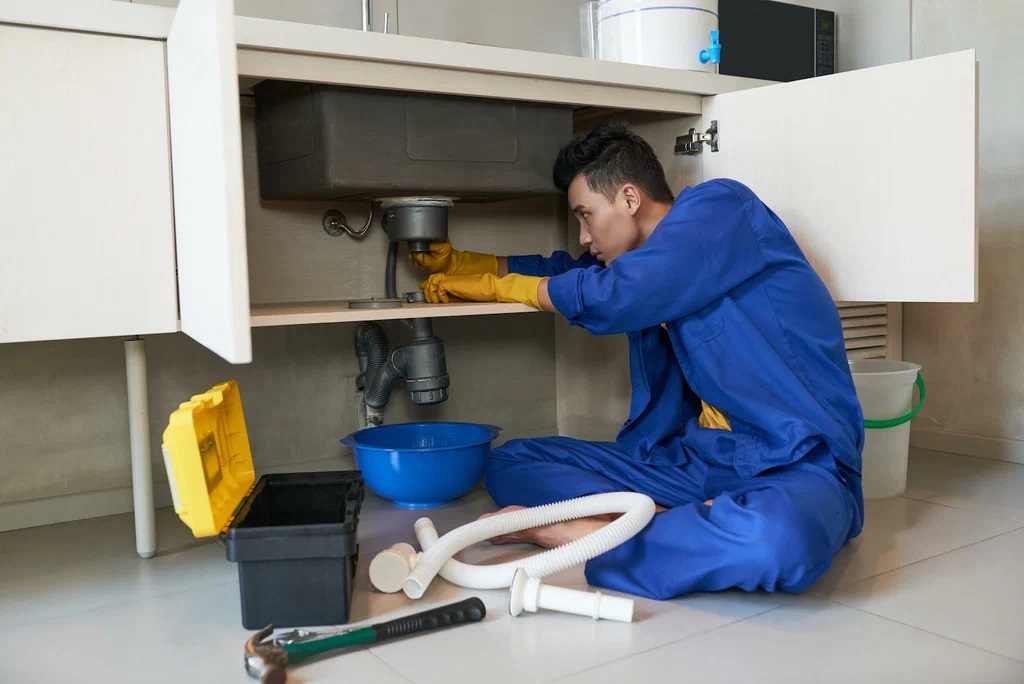Spine surgery has significantly advanced, providing various treatments for spinal conditions. Patients now have options ranging from minimally invasive procedures to complex surgeries for severe cases. These advancements in techniques and technology help alleviate pain and restore mobility. A spine surgeon can guide you through the right procedure to improve your quality of life.
Minimally Invasive Spine Surgery
Minimally invasive spine surgery (MISS) is preferred for patients seeking shorter recovery times and reduced discomfort. By using smaller incisions, a spine surgeon can minimize tissue damage, reduce blood loss, and help patients recover faster after surgery. Some standard minimally invasive techniques include:
- Microdiscectomy: A targeted procedure to remove herniated disc material pressing on adjacent nerves to alleviate symptoms like radiating pain or numbness.
- Minimally invasive laminectomy: Used to relieve pressure caused by spinal stenosis by removing part of the lamina, the back part of the vertebral bone.
- Vertebroplasty/Kyphoplasty: These procedures address spinal fractures, particularly those caused by osteoporosis, by stabilizing fractured vertebrae with medical-grade bone cement.
MISS is ideal for many patients and provides significant benefits post-recovery compared to traditional open surgeries.
Spinal Fusion Procedures
Spinal fusion is a proven way to treat spine instability caused by conditions like degeneration, deformities, or injuries. The procedure permanently joins two or more vertebrae, reducing motion to stabilize the spine and relieve pain. It’s commonly used to help patients with scoliosis, fractures, spondylolisthesis, or degenerative disc disease. While the procedure limits flexibility in the fused section, it often improves function and greatly reduces pain for most patients.
Surgical Solutions for Spine Conditions
Discectomy and laminectomy are common surgical procedures that relieve debilitating pain and improve mobility for patients with spine conditions. These methods focus on reducing pain and enhancing quality of life, with recovery often involving rehabilitation and physical therapy to achieve the best results. Many patients experience significant improvements in their daily lives after these surgeries.
A discectomy is a procedure performed by a spine surgeon to remove the damaged part of a herniated or degenerated disc, relieving pressure on the nerves. Advanced techniques, like microdiscectomy, use magnification tools to minimize tissue damage and promote faster recovery. This procedure can be done alone or combined with spinal fusion for a more comprehensive treatment.
A laminectomy treats conditions like spinal stenosis by removing the lamina to relieve pressure on affected nerves. This surgery reduces symptoms such as chronic pain, numbness, and muscle weakness by creating more space in the spinal canal. In some cases, surgeons combine laminectomy with spinal fusion to provide additional support if the spine is unstable.
Tailoring Treatments to Patient Needs
Each spinal condition requires a tailored approach to meet patient needs while promoting long-term recovery. Personalized treatment plans evaluate the patient’s condition, pain levels, and lifestyle. Surgical intervention is often recommended when conservative methods, such as physical therapy or medication, fail to provide sufficient relief. Combining surgical techniques with a personalized rehabilitation plan supports patients in achieving optimal results.
Finding Relief With Spine Surgeon Support
Spine surgery offers an effective path to relieving pain, restoring function, and improving the quality of life for patients who face persistent spinal issues. From minimally invasive procedures to more complex surgeries, finding the right match between patient needs and surgical techniques is key to long-term success.









